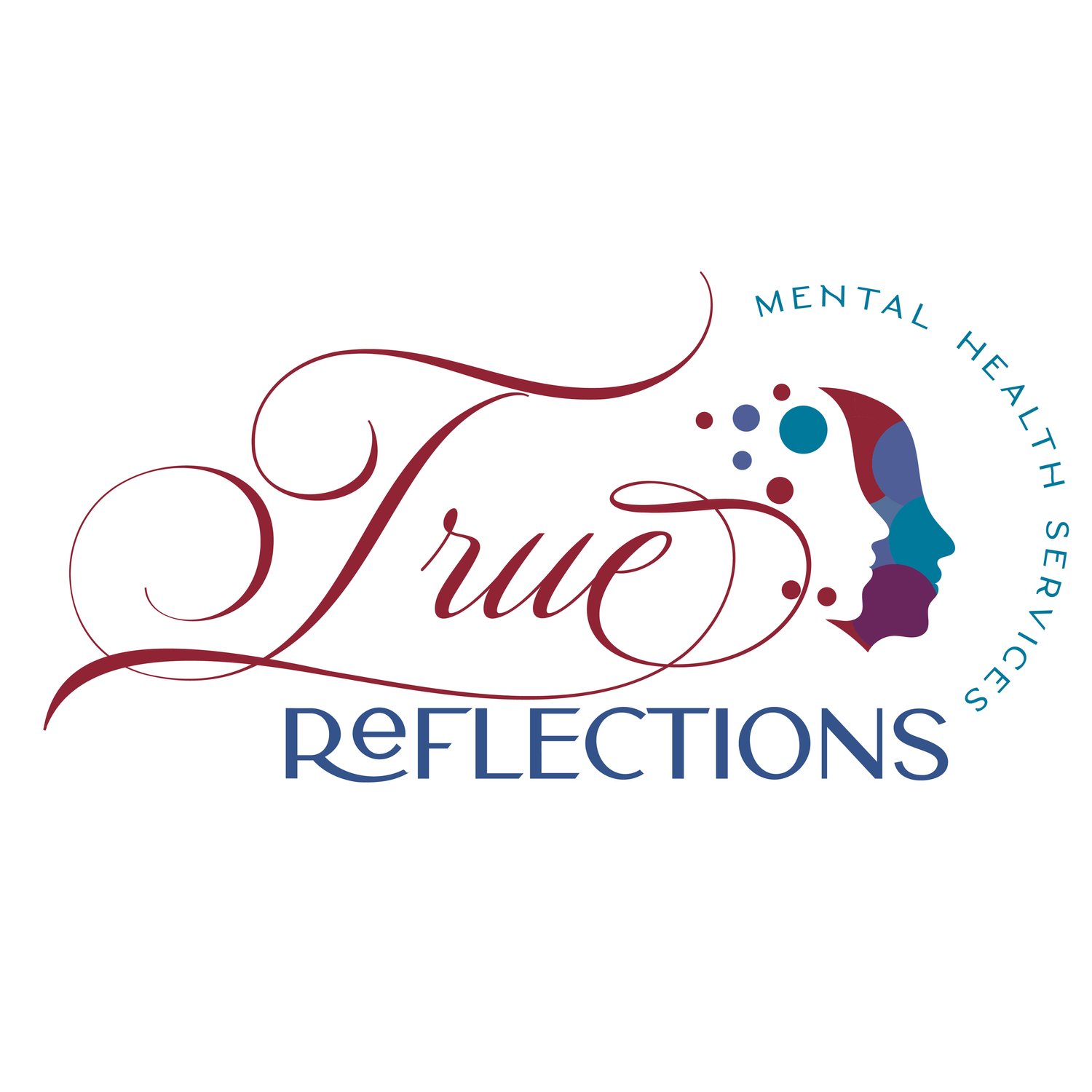Respecting Autistic Communication for Social Connections
In a world where social interaction is a fundamental aspect of daily life, understanding and respecting diverse communication preferences is essential. Navigating social connections can pose distinct challenges for individuals with Autism. Autistic individuals often have distinct communication styles and preferences that may differ from neurotypical norms. However, fostering meaningful social connections while respecting these differences is both possible and crucial for building inclusive communities.
In this blog, we'll explore ways for improving social connection while honoring autistic communication preferences.
Understanding Autistic Communication Preferences
Before diving into strategies, it's important to grasp the nuances of Autistic communication preferences. Autistic individuals may struggle with social reciprocity, nonverbal communication, and understanding social cues. They may prefer direct communication, struggle with sensory overload in noisy or crowded environments, and have difficulty interpreting facial expressions or tone of voice. Additionally, some autistic individuals may communicate primarily through nonverbal means, such as through written text or gestures.
Recognizing and respecting these differences is the first step toward fostering inclusive social connections. By understanding that autistic individuals may communicate in diverse ways, we can create environments that accommodate these preferences and promote genuine interactions.
How to Improve Social Connection with Autistics
Practice Active Listening: Active listening involves fully engaging with the speaker and demonstrating empathy and understanding. When interacting with autistic individuals, focus on listening attentively to their words, thoughts, and feelings. Avoid interrupting or finishing their sentences, as this can be disruptive and disrespectful. Instead, provide them with the time and space they need to fully express themselves.
Use Clear and Concrete Language: Autistic individuals often appreciate clear, direct communication. Avoid using ambiguous language or relying heavily on sarcasm or metaphor, as this can be confusing or misinterpreted. Instead, utilize clear and straightforward language to effectively deliver your message. Provide specific instructions or explanations when necessary, and be patient in ensuring mutual understanding.
Respect Sensory Preferences: Sensory sensitivities are common among autistic individuals, and certain environments or stimuli may be overwhelming or distressing. When planning social activities or gatherings, consider the sensory needs of autistic individuals. Choose quiet, calm settings whenever possible, and be mindful of factors such as lighting, noise levels, and proximity to others. Offering sensory-friendly options, such as noise-canceling headphones or a quiet space to retreat to, can help autistic individuals feel more comfortable and included.
Facilitate Structured Social Activities: Many autistic individuals thrive in structured environments where expectations and routines are clear. Organizing structured social activities, such as board game nights and craft sessions can provide a comfortable framework for social interaction. Ensure that the activities are enjoyable and accessible to all participants, and provide opportunities for individuals to engage at their own pace.
Encourage Alternative Forms of Communication: Not all individuals with Autism communicate verbally, and some may prefer alternative methods such as writing, typing, or using assistive technology. Respect and accommodate these preferences by providing multiple communication options. If someone prefers written communication, for example, be open to exchanging messages via text or email instead of relying solely on face-to-face conversation. Embrace the diversity of communication styles and adapt your approach accordingly to facilitate meaningful connections.
Practice Patience and Understanding: Building social connections takes time and effort, especially for autistic individuals who may face additional struggles in social situations. Be patient and understanding, and avoid pressuring or rushing them into interactions. Respect their boundaries and preferences, and let them engage at their own pace. Cultivate a supportive and nonjudgmental environment where they feel accepted and valued for who they are.
Educate Yourself and Others: Increasing awareness and understanding of autism is key to fostering inclusive communities. Take the time to educate yourself about individuals with Autism, including common traits, challenges, and strengths. Share this knowledge with others to promote empathy and acceptance. Encourage open dialogue and respectful communication about autism, and challenge misconceptions or stereotypes whenever they arise.
Seek Feedback and Collaboration: Collaboration is essential for creating inclusive environments that meet the needs of all individuals. Seek feedback from autistic individuals themselves, as well as from caregivers, educators, and professionals who support them. Listen to their insights and perspectives, and collaborate on strategies for improving social connection and communication. By working together, we can create communities that embrace diversity and prioritize inclusion.
Improving social connection while respecting autistic communication preferences requires empathy, understanding, and proactive efforts to create inclusive environments. By recognizing and accommodating diverse communication styles, practicing active listening, and fostering patience and understanding, we can build meaningful connections that honor the unique strengths and perspectives of autistic individuals. Together, let's strive to create communities where everyone feels valued, accepted, and empowered to thrive.
Janine Kelly,MSW, LCSW, C-NDAAP, ADHD-CCSP, ASDCS, PMH-C, RPT-S™, C-DBT, CBT-C, CCATP-CA, CATP is a neurodivergent psychotherapist and the Founder of True Reflections Mental Health Services in Middlesex, NJ. She provides support to neurodivergent children, teens, and adults who experience anxiety and trauma. She also provides Neurodiversity Affirming Comprehensive ADHD & Autism Evaluations in-person and virtually in the state of New Jersey. Janine specializes in the diagnosis of ADHD & Autism in girls and women.
To request an appointment, please click below:



